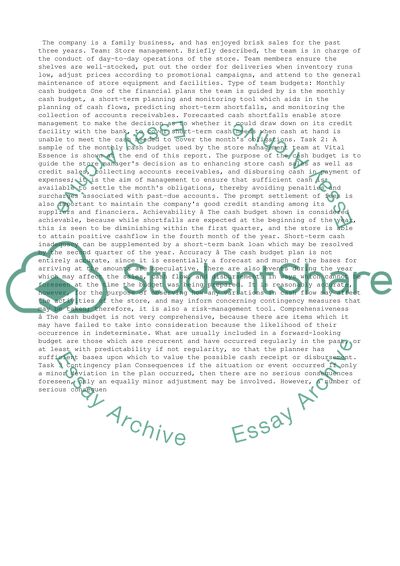Cite this document
(“Planning and Implementing Financial Management Approaches Essay”, n.d.)
Planning and Implementing Financial Management Approaches Essay. Retrieved from https://studentshare.org/business/1399924-manage-budges-and-financial-plans
Planning and Implementing Financial Management Approaches Essay. Retrieved from https://studentshare.org/business/1399924-manage-budges-and-financial-plans
(Planning and Implementing Financial Management Approaches Essay)
Planning and Implementing Financial Management Approaches Essay. https://studentshare.org/business/1399924-manage-budges-and-financial-plans.
Planning and Implementing Financial Management Approaches Essay. https://studentshare.org/business/1399924-manage-budges-and-financial-plans.
“Planning and Implementing Financial Management Approaches Essay”, n.d. https://studentshare.org/business/1399924-manage-budges-and-financial-plans.


